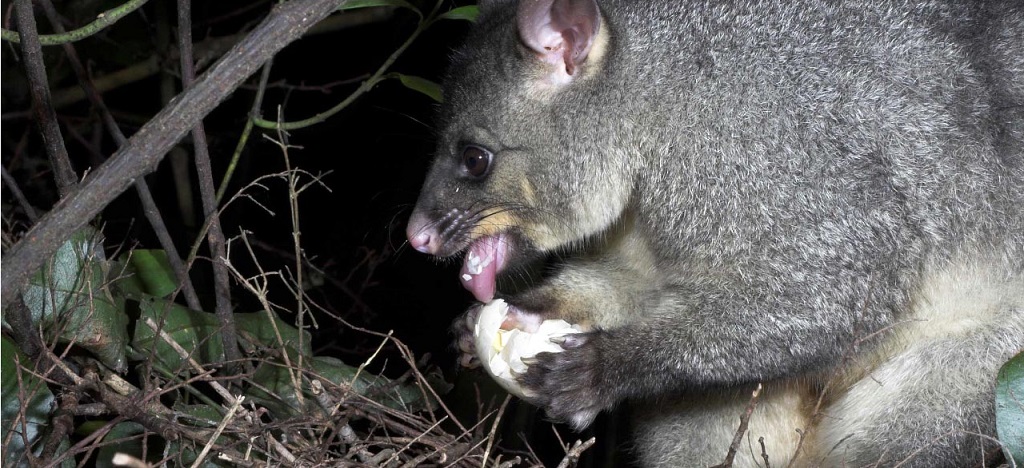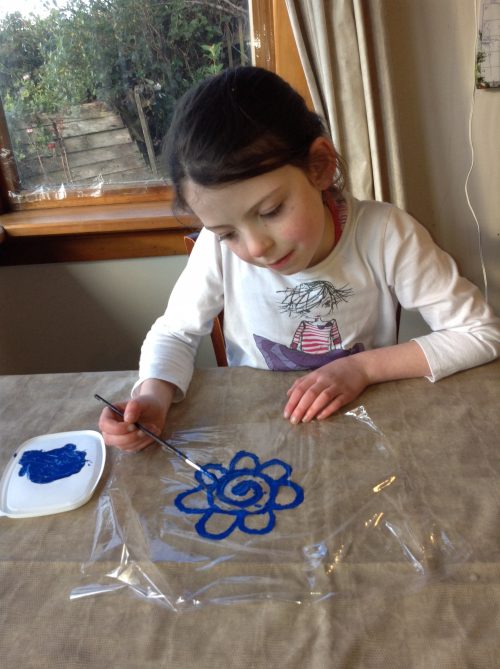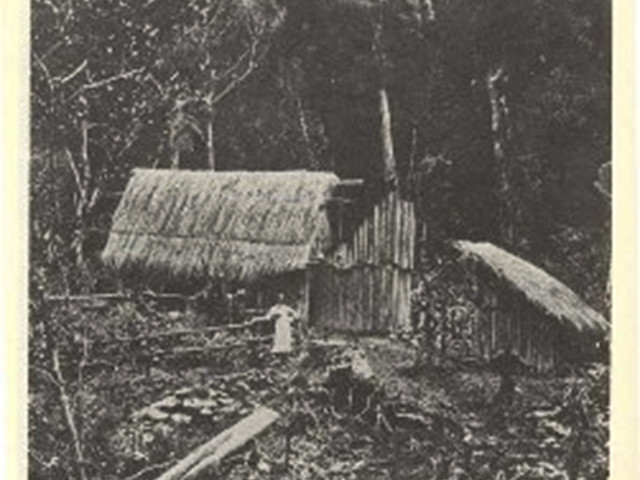The New Zealand wood pigeon is a large endemic bird also known in Te Reo Māori as the kererū, or kūkupa and kūku.
What’s in a name?
Kererū have lots of different names! Their Māori name is kererū, but some iwi in Northland call them kukupa and kuku.
Their scientific name is Hemiphaga novaeseelandiae. If you look up the latin meaning of “hemiphaga” it actually means half (“hemi”) eater (“phaga”). Do you have any ideas what that might mean?
What do kererū look like?
Kererū are big birds, in fact they are one of the largest pigeons in the world. They weigh about 650g and are about 50 cm long. The feathers on their back and head are green, but can look purple in the sunlight. They have white feathers on their chests.
What do kererū sound like?
Kererū don’t sing like a lot of our native birds, instead they make a soft “coo” sound. You are more likely to notice a kererū when it’s flying because of the loud “whooshing“ noise their wings make.
They are clumsy at landing so if you hear a bird crash-landing in a tree, it’s probably a kererū! Listen to them cooing and crashing about the forest here.
What are the threats to kererū?
Predation
The biggest threat to kererū are introduced predators. Many kererū eggs and chicks never grow into adults because they are eaten by rats, stoats, possums and cats. In some places over half the eggs and chicks get eaten. Stoats and cats also eat adult kererū. All this means that there aren’t as many kererū in our forests, parks and gardens as there used to be.
 A possum scavenges an abandoned kererū nest (Photo by Nga Manu Images)
A possum scavenges an abandoned kererū nest (Photo by Nga Manu Images)Habitat loss
Kererū live mainly in forest. Before humans arrived in New Zealand 85 percent of New Zealand was covered in forests. Humans burned and chopped down large areas of forests to make farms, towns and cities and to use the wood for building and exporting. Now only 23 percent of New Zealand is covered in forest. That means there is less food for kererū, and less places for them to nest and live.
Competition
Possums and rat don’t only eat chicks and eggs they also eat the fruit and leaves kererū like to eat. Without enough food kererū don’t breed, and adult birds may starve.
Illegal hunting
Kererū were traditionally hunted by Māori for its meat and feathers. They were easy to spear or trap, especially after they had a big feed. Kererū were also popular birds with European hunters in the 1800’s. Eventually hunting kererū was banned in 1921 to help save them. Unfortunately people still sometimes hunt kererū illegally, which could cause them to disappear from some parts of New Zealand.
Other threats
Reflections of trees in windows can confuse kererū into thinking it’s just more forest, so they try to fly through it which can injure them. They are also often injured or killed by cars as they swoop low over roads.
How can I help kererū?
Make a Kererū Protector for your windows to let them know it’s not forest!
Join a local conservation group to help trap pests or plant kererū habitat. Try your local Kiwi Conservation Club branch or Forest & Bird branch.
Encourage the adults you live with to set up a trap to catch possums, rats and stoats in your garden.
Plant kererū food trees in your garden like tawa, kowhai, puriri and hinau. Make sure they aren’t too close to windows or the kererū might crash into them after they eat.
If you find a sick or injured kererū, get it to your nearest rescue centre as soon as possible or call the Department of Conservation on 0800 DOCHOT. To catch a kererū throw a towel over it, scoop it up (gently holding its wings to its sides so they don’t get damaged) and put both bird and towel in a box. The darkness of the box and the warmth of the towel helps the bird if it’s stressed.
Kererū declines: Introduced mammalian pests
Kererū were once much more common throughout New Zealand. Until Māori arrived 1000 years ago, bringing Polynesian rats (kiore) and dogs with them, our native birds had never seen a mammalian predator. They were naive and trusting – many were flightless – and to this day, still have a strong smell that sharp-nosed introduced predators easily track.
Kiore began a relentless slaughter that turned to annihilation when Europeans arrived. They introduced stoats, weasels, ferrets, cats, Norway and ship rats, mice, possums and pigs that found our native birds tragically easy prey. To make things worse, vast tracts of native forest fell to the axe and the match.
Kererū declines: Landscape changes
Before the arrival of humans, some 90 per cent of New Zealand was covered in forest – a rich habitat for birds. The country split away from the ancient supercontinent of Gondwana before land mammals could reach it – originally, our only mammals were the bats that flew here and the seals that swam.
Today, only a tiny percentage of lowland forest remains. Fires lit by Māori destroyed some of them, but with the arrival of land-hungry European settlers, forest clearance laid waste to vast tracts of priceless habitat. In 750 years, half of New Zealand’s vertebrate fauna disappeared. At least 51 birds – a third of New Zealand avifauna – three frogs, three lizards, a freshwater fish, four plant species, and an unguessable host of invertebrates are gone forever.
Much of our wildlife, including kererū, could yet follow them. DOC recognises 2700 native species as being at risk of extinction, yet actively manages just 10 per cent of them. Habitat loss has forced kererū into small remnant patches of bush, as well as urban parks and gardens.
Modern conservation
In an intact ecosystem, a kererū might expect to live for 20 years or more. Currently, they survive, on average, for around five years before falling victim to pests, cars or collisions with windows. This represents a huge loss to the breeding population. Initiatives such as the Kererū Discovery have recognised the importance of kererū as a keystone species. Over the last 25 years, projects led by community groups, local councils, the Department of Conservation and private individuals have helped their numbers increase. You can find some of the main ones here. Increasingly, these projects recognize that urban gardens are critical to the survival of kererū and other species.
Kererū and Māori
Māori have an enduring relationship with kererū that goes back to the arrival of the first canoes – a spiritual connection that transcends mere sustenance.
Iwi in former kererū strongholds – Ngāpuhi, Ngāti Hine, Tuhoe, Ngāti Raukawa, Ngāti Porou, Ngāti Tūwharetoa, Whanganui, Te Ātiawa, and Ngāi Tahu – hold a particular reverence for kererū, which features frequently in tribal myths and lore.
 Make a
Make a 




No comments:
Post a Comment